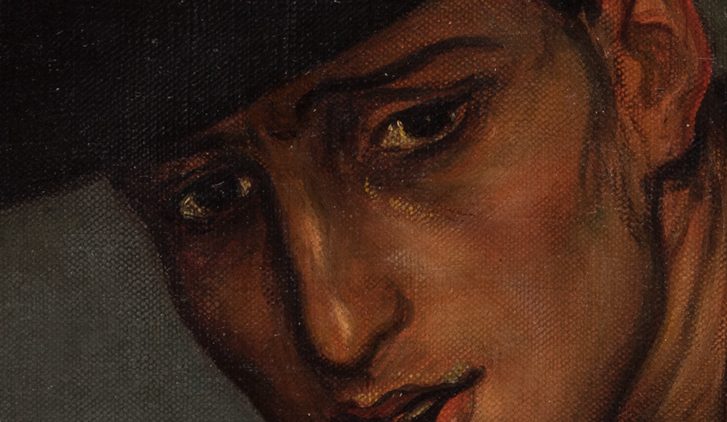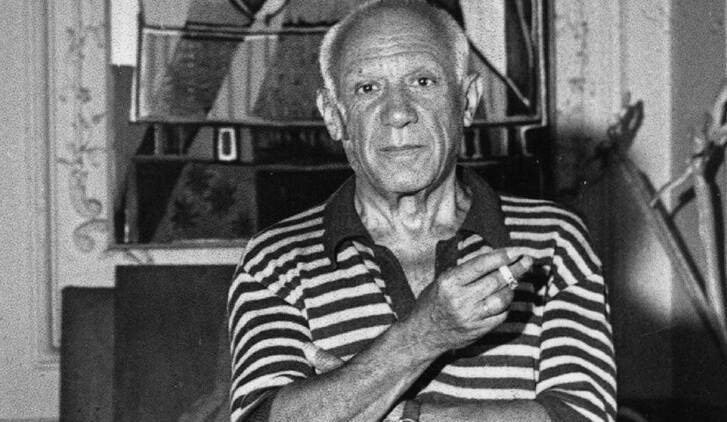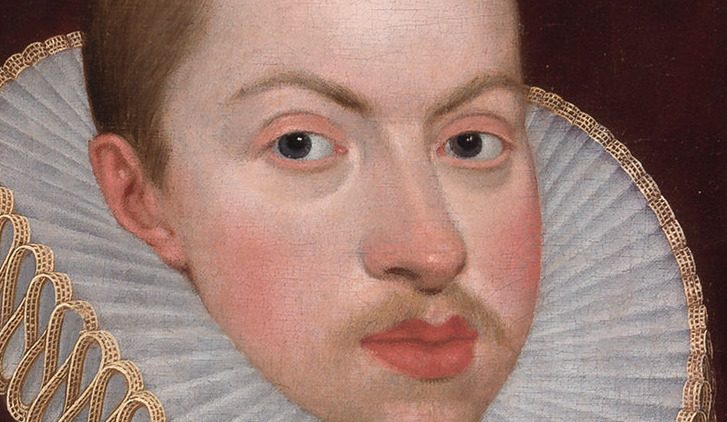Julio Romero Torres painter par excellence of flamenco.
The work of Julio Romero de Torres occupies a similar place in the history of Andalusian painting to that occupied by García Lorca in poetic art, since in both the vernacular reached a depth of universal resonance. Both comparable, in their respective artistic languages, with the effects of cante jondo on the listener’s mind, elevate the apparent banality of regional customs and peculiarities to a sublime expression of shared concerns in any time and place: love and death, desire. passion and instinct, channeled by the magic of creation.




